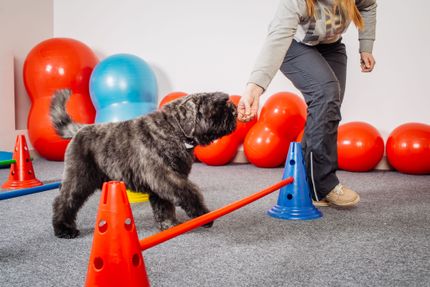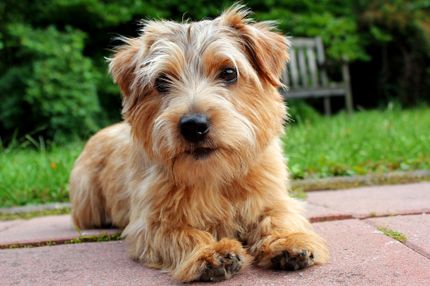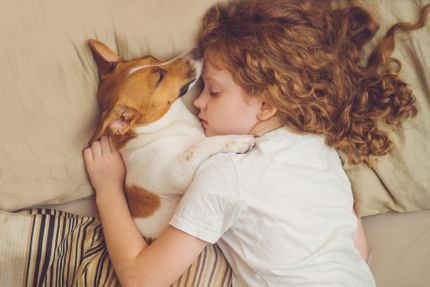
Coyote Breed description: Character & Co
Coyote
Facts & Origin
Origin and habitat of the coyote
The coyote is native to North America. The Canis latrans is also known as the prairie wolf or tumbleweed. Its original home was the prairies and scrublands of the Midwest of North America. Its membership in the canine family is confirmed by its appearance. Due to the decline of its close relative the wolf, its habitat has increased. In the meantime it can be found from Central America to the far north of the continent (Canada, Alaska). The "modern" coyote can also be found in the outskirts of cities. In addition, it is no longer a rarity in the eastern part of America.
What are the breed characteristics of coyotes?
Coyotes belong to the dog family. In their outward appearance, they embody all the characteristics of dogs. They are successful hunters, but their diet is not one-sided. Plants are also on the menu. In times of need, it becomes a scavenger or the garbage can next door is plundered. This "survival artist" made the leap into modern times without any problems and his breed Coyote dog is not considered endangered.

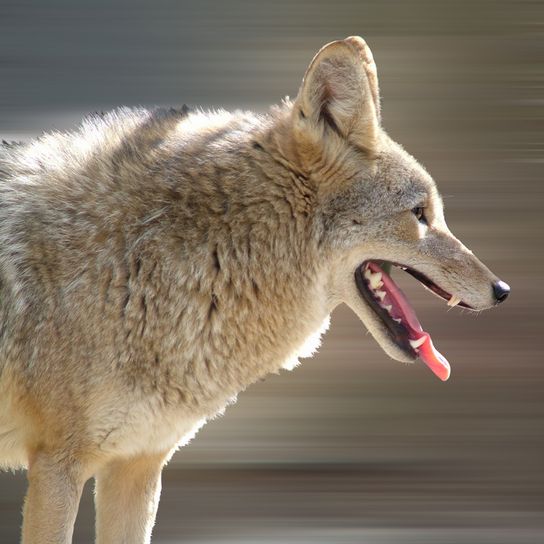
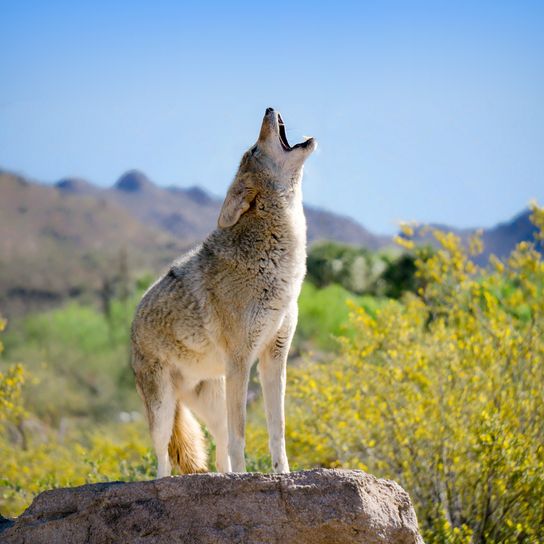
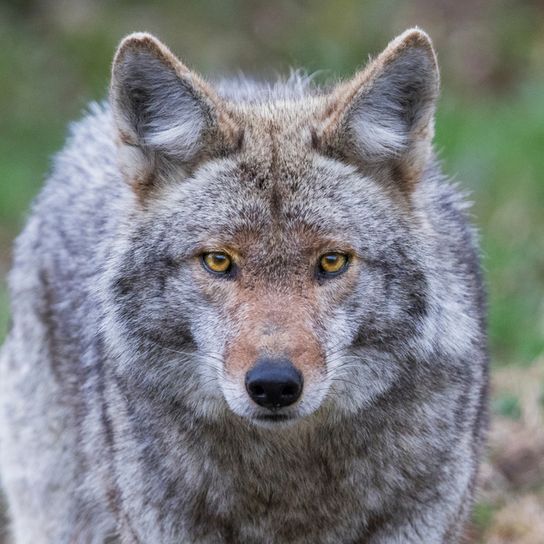
| Alternate Name | Prairie Wolf, Cojote |
| Origin | USA |
| Life expectancy | 6 - 14 years |
| Care requirements | high-maintenance |
| Activity level | high |
| FCI group | not recognised |
| AKC group | not recognised |
| KC group | not recognised |
Attitude, character and temperament of the breed
What are typical character traits of coyotes?
A coyote dog is adaptable and intelligent. He has easily managed to combine his needs with the modern world of humans. Despite his closeness to the biped, he has not lost his independence. He uses his advantages without giving up his independence.
Character

Health and breeding information
What are typical diseases of coyotes?
In this regard, no concrete statements can be made. Canine wild animals are of robust nature. Diseases due to malnutrition are not documented in writing.
Breeding and natural way of life
A pair of coyotes spends the whole life in this relationship of two. Sometimes these animals join together to form small family groups or communities of interest (packs). From January to February is the mating season. After about 60 to 65 days the offspring is born. As a rule, the parents raise five to six young together. The young coyotes leave their home range in the autumn of the same year. In doing so, they also observe the territorial boundaries of their old pack. The migration into the new life stage can amount to 15 km and more. In the second year of life they are sexually mature and start their own family.
A coyote mix can be created by mating with a domestic dog. Another possibility is meeting a wolf of mating age. Proximity to towns and cities makes the coyote-dog combination more likely. People often push a deliberate cross between the two "dog breeds". A coyote mix should combine the best qualities from the different worlds. The offspring from such a mix is not recognized by the FCI. This "accidental product" has no official market value.

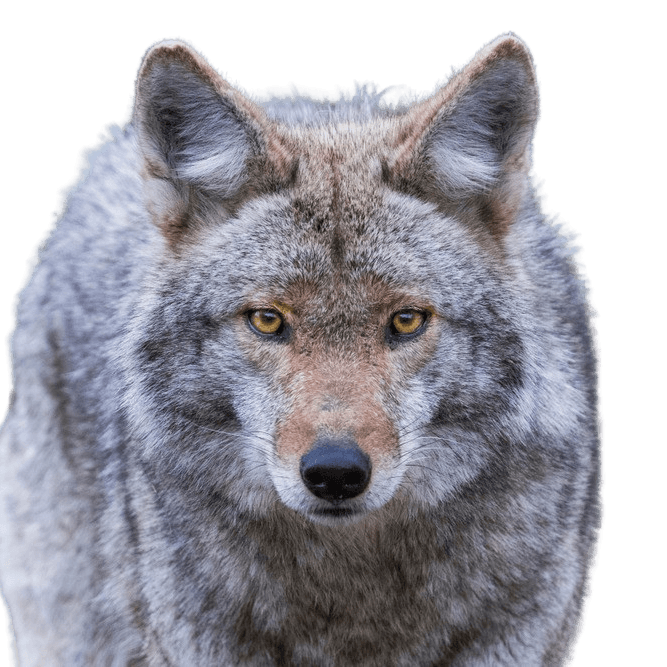
Appearance and fur of the coyote
He cannot deny the kinship with the wolf. His physique is more delicate. In addition, the body size lies between wolf and fox. Striking is his long and bushy tail, which he always carries hanging. The narrow head with the prick ears and the long muzzle form a harmonious unit to the rest of the body. The dark eyes look friendly and alert. The coat is dense and of medium length with much undercoat. The coat structure can be compared to a stockhaired German Shepherd. The outer coat has a grey-brown to yellow-brown colouring. On the belly and the legs the color shades are lighter. The coat coloration and the coat quality depend on the habitat (desert, mountains, forest areas).
How big does a coyote grow?
A male can reach a maximum height of 50 cm. The average body length is 110 cm. Females are smaller and the body length is proportionally adjusted.
How much does a coyote weigh?
The average body weight is 12 kg. You have to consider the sex. Males depending on size can be heavier and females lighter. A weight range between 10 and 15 kg is realistic.
How old does a coyote live?
The life expectancy depends on the living conditions. As a general rule, you can expect a coyote to have a similar lifespan to a dog of this size. Generally, the attainable age varies between 6 and 14 years.
| Fur length | medium |
| Fur | - |
| Ear shape | Standing Ears |
| Tail | fanned out |
| Anatomy | massive, strong |
| Size ♀ | 40 - 49 cm |
| Weight ♀ | 10 - 18 kg |
| Size ♂ | 40 - 56 cm |
| Weight ♂ | 10 - 22 kg |
| Suitable For | - |
Colors


Other medium dogs
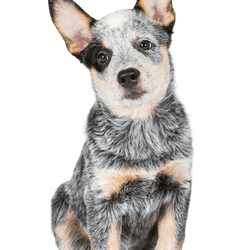

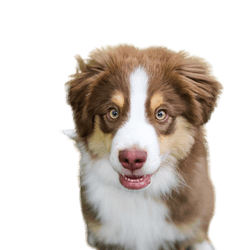

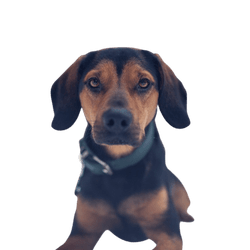
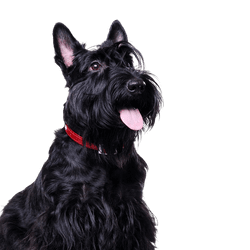
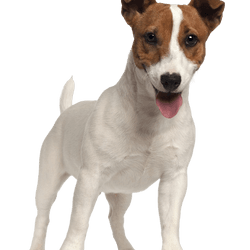
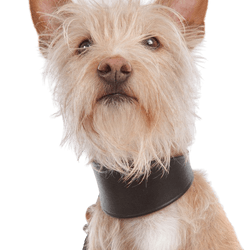
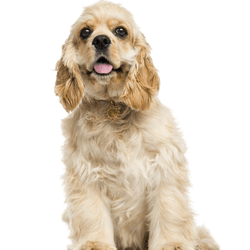
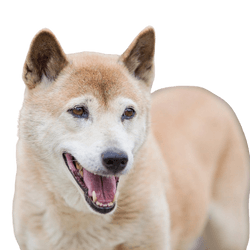

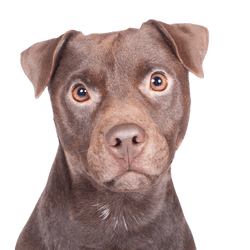
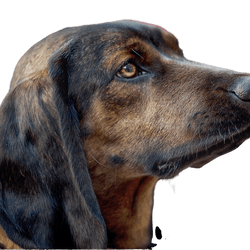

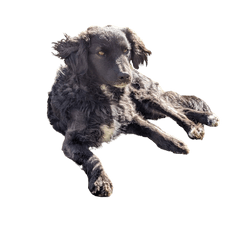

Useful Articles
You can find articles that might interest you in the dogbible blog to match your favorite breed.
Visit our magazineto stay up to date on dog trends.
To find out more, view our Privacy Policy
Find here the breed that suits you and find out what character traits it has. Here you can also learn more about the origin, size and weight of your favorite breeds.
Matching your favorite breed, you'll find articles that might interest you on the dogbible dog blog.
Gastritis in dogs - cause, diagnosis and treatment
Holland trip with dog - these are the most beautiful places
3 Tips: Dog Pregnancy - cause and signs
Popular dog breeds - these are the 15 most common dog breeds in Germany and Austria


